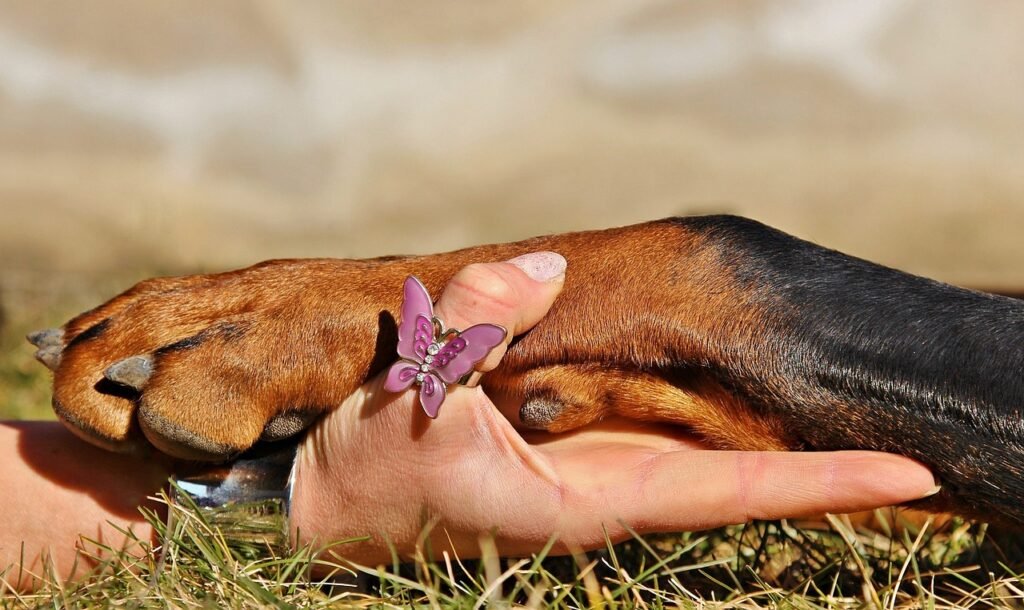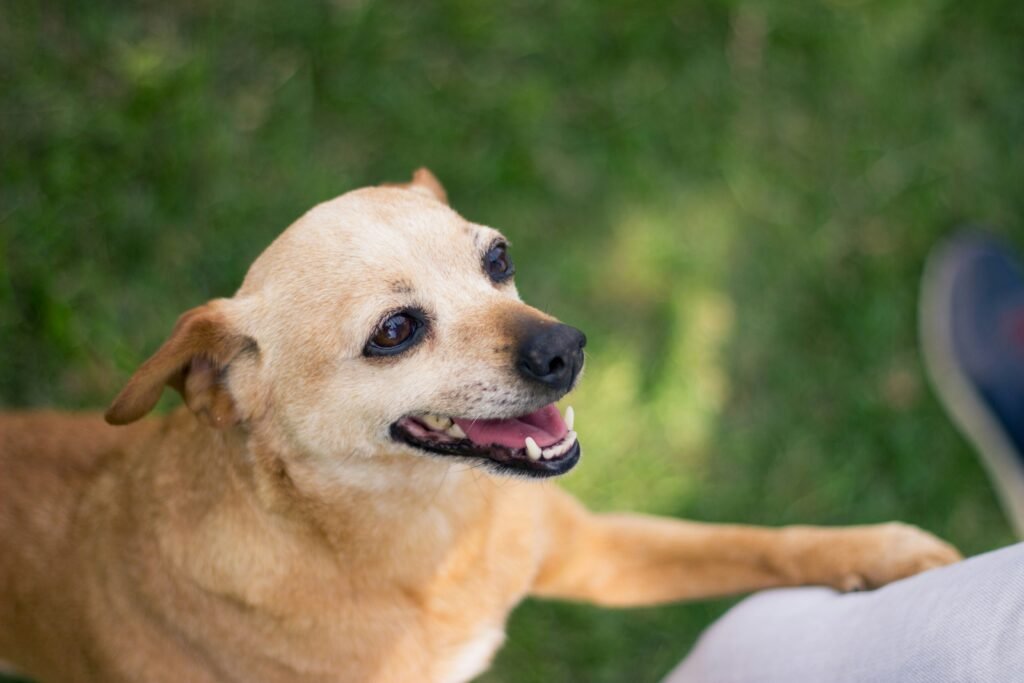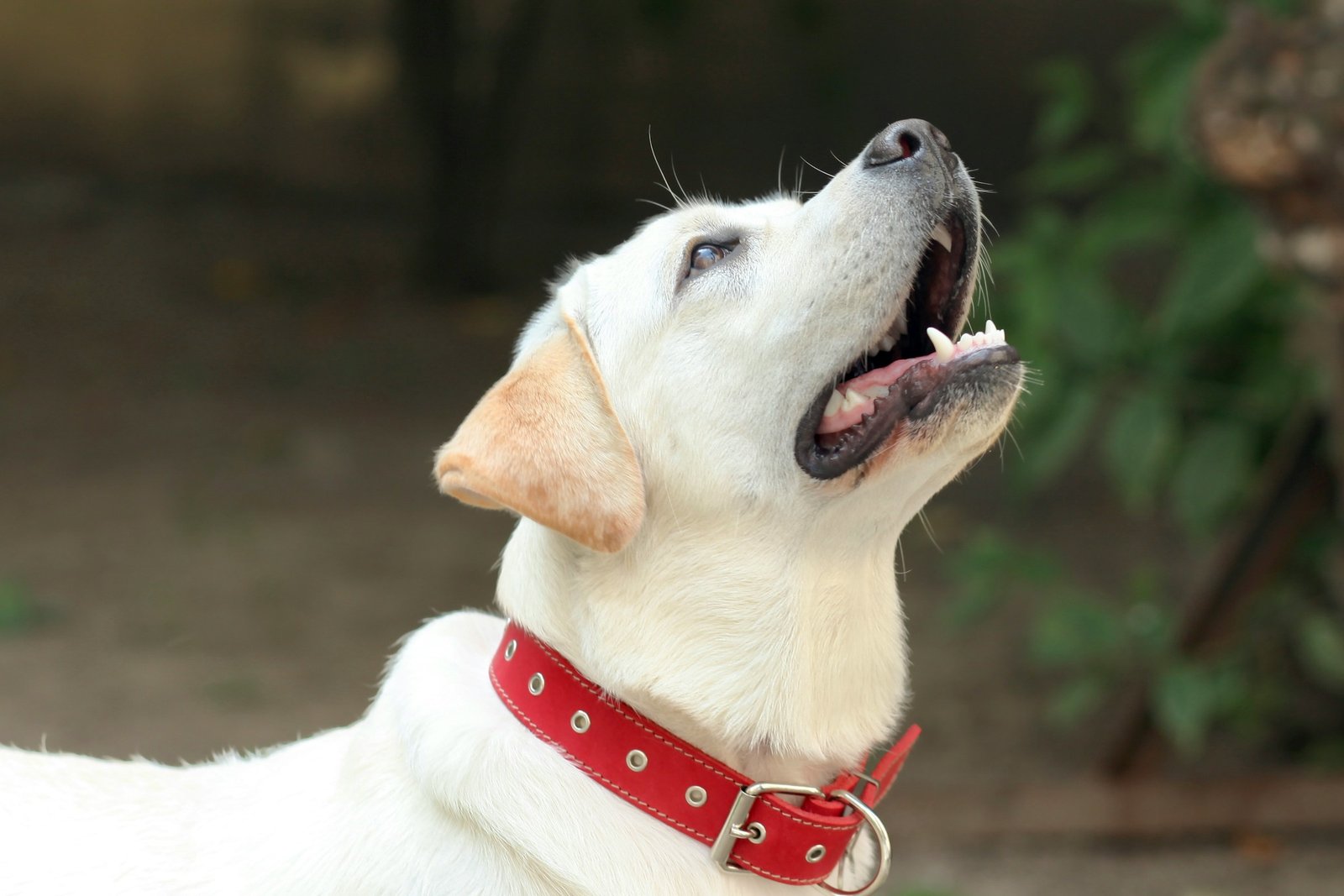If you’re a dog owner, you’ve likely experienced the moment when your dog places their paw on you. It might happen while you’re watching TV, talking on the phone, or simply sitting around, only to feel that gentle (or sometimes firm) paw press on your arm or leg. But what does it mean? This behavior can carry various meanings depending on your dog’s personality, the context of the interaction, and even the specific relationship between you and your furry friend. Let’s dive deeper into understanding why your dog might be putting a paw on you and what they’re trying to communicate.

1. Seeking Attention and Affection
One of the most common reasons dogs place a paw on their owners is simply to get attention. Just like a tap on the shoulder in human interactions, a paw on your arm could be your dog’s way of saying, “Hey, look at me!” Dogs are social animals who crave interaction with their pack, and since you’re their pack leader, they naturally look to you for companionship and engagement.
Often, this behavior is accompanied by other signs like looking up at you with those classic puppy eyes or giving you a gentle nudge. In such moments, your dog is likely seeking affection and might enjoy a petting session or even a belly rub. If your dog starts to put their paw on you regularly, it may become a way for them to ensure you remember they’re there, waiting for a little attention.
2. Building a Bond with You
For many dogs, putting a paw on their owner can signify an attempt to strengthen their bond. In the wild, dogs and wolves use physical contact to show trust and solidarity within the pack. While domesticated dogs don’t live the same way as their wild ancestors, they’ve retained some pack behaviors, including ways to express loyalty and connection.
A paw placed on you is often a sign that your dog feels safe and connected with you. They’re showing you that they trust you, much like pack members in the wild who might rest against each other for warmth and security. The next time your dog paws at you, think of it as their unique way of saying, “You’re part of my pack.”
3. Expressing Anxiety or Discomfort
Not all pawing is positive, though. In some cases, your dog might be feeling anxious or uncomfortable and using physical contact as a form of reassurance. If your dog is feeling uneasy, placing their paw on you might be a way to seek comfort or grounding.
Pay attention to the situation when this happens. Is there a loud noise, unfamiliar person, or sudden movement that might be making your dog nervous? Some dogs are especially sensitive to changes in their environment, and by placing their paw on you, they’re looking for reassurance. If you notice your dog frequently paws at you in stressful situations, consider ways to help reduce their anxiety, such as providing a safe space or using calming products.
4. Signaling Hunger or a Need for Something
Sometimes, a paw is simply a polite request for something your dog needs or wants. Whether they’re hungry, thirsty, or need to go outside, a paw can be their way of communicating these needs. Many dogs learn that this action gets your attention quickly, so they use it to express practical needs.
If you’re wondering if hunger might be the reason behind the paw, look at the clock—dogs tend to have a natural sense of routine. If it’s close to feeding time or they’re eagerly looking toward their food area, this could be a likely reason. Similarly, a paw might be placed if they need to go outside or are ready for their daily walk.
5. Reinforcing Learned Behavior
Another reason why your dog puts a paw on you may be because you’ve unknowingly taught them to do it! Dogs are quick learners, and if you’ve responded positively to this behavior in the past, they might continue to repeat it.
For example, if every time your dog puts their paw on you, you respond by giving them attention or a treat, they learn that pawing is a successful way to get what they want. This learned behavior might seem cute initially, but it can turn into a constant habit if reinforced. If you want to curb this behavior, try redirecting them to a different action, like sitting or lying down, before giving them attention.
6. Showing Support When You’re Feeling Down
Dogs are highly intuitive animals with a remarkable ability to sense changes in human emotions. Many dog owners have shared experiences of their pets comforting them in moments of sadness, stress, or even illness. When a dog places a paw on you, it might be their way of showing support.

If your dog tends to place a paw on you when you’re feeling down or overwhelmed, it could be their instinctive way of offering comfort. Some studies suggest that dogs can pick up on changes in human hormones, like an increase in cortisol (associated with stress), and they often respond with gentle, supportive actions like pawing. In these moments, your dog is acting as a loyal friend, attempting to ease your mind and remind you that you’re not alone.
7. Seeking Warmth and Comfort
Dogs love to snuggle up with their owners, especially during colder months. Sometimes, a paw on your lap or arm might be a sign that they’re seeking warmth and comfort. Smaller dog breeds or dogs with short fur are particularly susceptible to cold and might enjoy the warmth of physical contact.
By placing a paw on you, your dog could be signaling that they want to be close and snuggle. This is their way of requesting you to move closer or share body heat, which can also strengthen your bond. You might notice that this behavior becomes more common during cold weather or when your dog wants to curl up with you on the couch.
8. Mimicking Human Gestures
Dogs are excellent observers and often mimic their owners’ actions. If you’re someone who frequently uses touch, like placing your hand on your dog, it’s not unusual for them to mirror this behavior by putting a paw on you in return.
This form of imitation can be a sign of affection and admiration. Dogs are perceptive to human actions and learn quickly by observing us. So, if you’re someone who often strokes your dog to express love, don’t be surprised if they reciprocate with a paw.
9. Showing Respect and Submission
For some dogs, especially those with a more submissive personality, placing a paw on you might signify respect or submission. In dog behavior, showing the paw or lowering the body is a sign of submission or respect toward a leader. This behavior might be more common in dogs who are particularly obedient or have a naturally gentle disposition.
Understanding Your Dog’s Body Language as a Whole
While placing a paw on you is a significant gesture, it’s essential to consider the broader context of your dog’s body language. Dogs communicate with a combination of gestures, posture, and expressions, and understanding these cues can provide a more comprehensive picture of what they’re trying to tell you.

For example:
- Tail Wagging: If your dog places their paw on you and wags their tail, it’s likely a positive gesture. A relaxed, wagging tail generally means they’re happy or excited.
- Relaxed Ears: Ears that are relaxed and in their natural position suggest comfort. If the ears are pulled back or standing straight up, this might indicate alertness or stress.
- Eye Contact: Soft, relaxed eye contact can be a sign of trust, while intense or direct staring might indicate alertness or a desire for something.
By observing these additional cues, you can interpret your dog’s pawing gesture more accurately and respond in a way that meets their needs or acknowledges their emotions.
How to Respond to Your Dog’s Pawing
Understanding why your dog puts a paw on you can help you respond appropriately. If they’re seeking attention or comfort, offer a gentle pet or cuddle. If they’re signaling a need, such as food or a bathroom break, make sure to address it. However, if pawing becomes excessive, you may want to redirect their attention to avoid reinforcing the behavior unintentionally.
Teaching your dog alternative ways to communicate, such as sitting by the door when they need to go outside or gently nudging their bowl when they’re hungry, can reduce the frequency of pawing if it becomes too persistent.
Dogs have their own unique ways of communicating with us, and placing a paw on you is one of their heartfelt gestures. Whether they’re asking for attention, offering comfort, or expressing a need, this behavior reflects the deep bond between humans and dogs. By understanding and acknowledging these gestures, you can deepen your relationship and respond to your dog’s needs with empathy and care. So next time your dog puts a paw on you, take a moment to appreciate the unspoken language they’re sharing with you—it’s their special way of connecting with the one they trust most.




Generally I do not learn post on blogs, but I wish to say that this write-up very pressured me to take a look at and do it! Your writing taste has been surprised me. Thank you, very nice article.